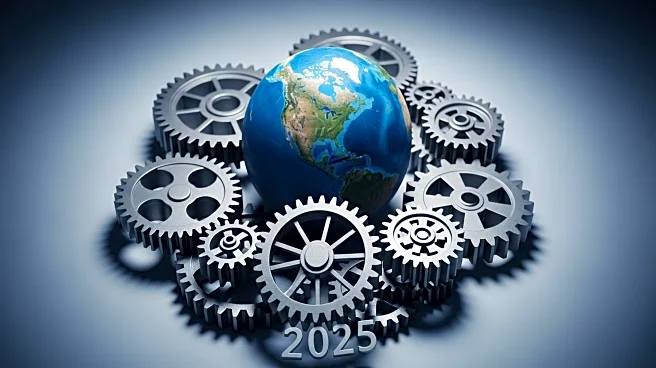What's Happening?
McKinsey's 'Global Materials Perspective 2025' report reveals a contraction in the global materials industry, with revenues declining by 6% to approximately $3 trillion in 2024. Despite this, profitability remains strong, with profit pools shifting from coal and steel to gold, copper, and aluminium. The report highlights geopolitical factors, such as resource nationalism and protectionism, affecting the sector. It also notes emerging demand drivers from AI and defense, alongside a slowdown in decarbonization efforts in certain regions.
Why It's Important?
The report underscores significant shifts in the materials sector, impacting global supply chains and economic strategies. The transition towards metals like gold, copper, and aluminium reflects changing demand patterns influenced by technological advancements and geopolitical tensions. These shifts could affect industries reliant on these materials, including construction, technology, and manufacturing, potentially leading to changes in pricing, availability, and investment strategies.
What's Next?
The materials sector may experience further adjustments as countries implement tariffs and export barriers to protect domestic industries. Companies might explore new geographies and critical materials to capitalize on government incentives. Additionally, advancements in AI and automation could drive productivity improvements, helping firms navigate rising costs and labor shortages.
Beyond the Headlines
The report suggests a potential long-term impact on global trade dynamics, with increased resource nationalism and protectionism reshaping supply chains. This could lead to strategic stockpiling and local supply integration, affecting global competitiveness and economic stability.











